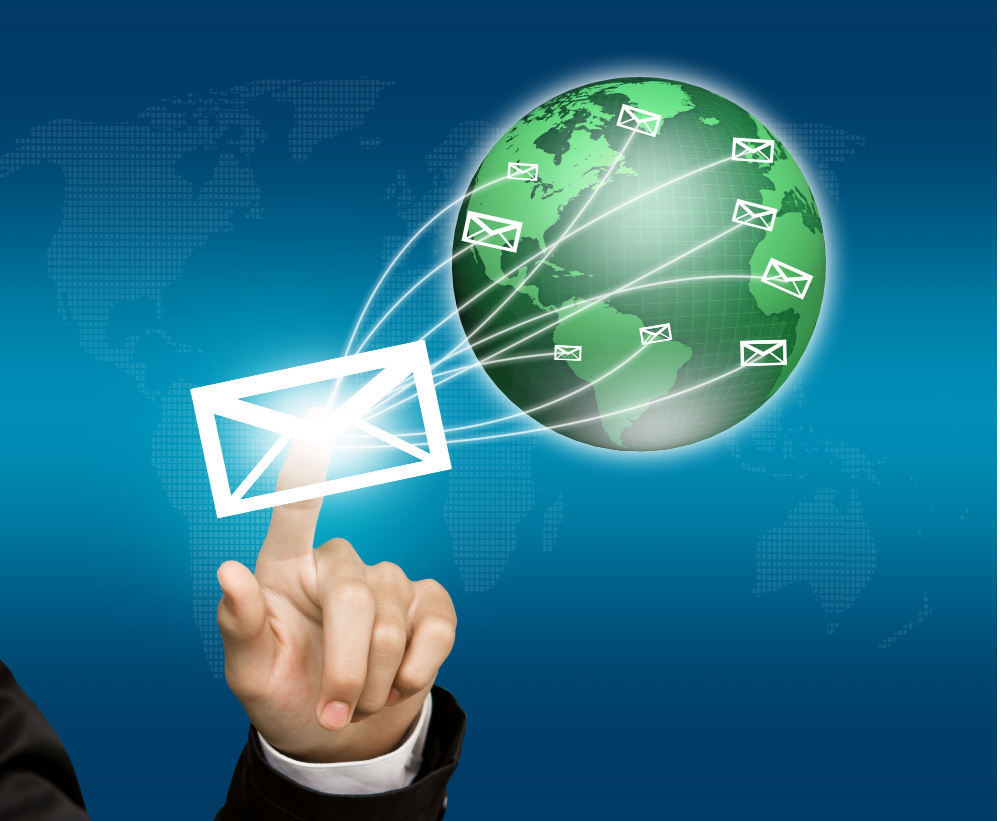
Email deliverability is a critical aspect of email marketing in 2023. Ensuring that your emails reach your subscribers’ inboxes and avoid spam folders is essential for the success of your email marketing campaigns. Here’s everything you need to know about email deliverability in 2023:
- Authentication Protocols: To improve deliverability, you need to implement authentication protocols like SPF (Sender Policy Framework), DKIM (DomainKeys Identified Mail), and DMARC (Domain-based Message Authentication, Reporting, and Conformance). These protocols help verify your sender identity and build trust with email service providers (ESPs).
- Quality Email Lists: Maintaining a high-quality email list is vital. Firstly, clean your list to remove inactive or invalid email addresses. Segment your list based on user engagement to send targeted content and reduce the chances of being marked as spam.
- Engaging Content: Create relevant and engaging email content. Boring or irrelevant emails are more likely to be marked as spam. Personalisation and segmentation can help improve engagement.
- Opt-in Subscriptions: Use confirmed opt-in (COI) or double opt-in (DOI) methods to ensure that subscribers have explicitly consented to receive your emails. This helps you avoid sending unsolicited emails.
- Email Frequency: Be mindful of your email sending frequency. Sending too many emails too frequently can lead to increased unsubscribes and spam complaints. Figure out the ideal balance for your audience.
- Consistent Sending Patterns: ESPs look for consistent sending patterns. Sudden spikes in email volume or erratic sending can raise red flags. Gradually increase your email sending volume as your list grows.

- Reputation Management: Monitor your sender reputation using Sender Score or Google Postmaster Tools. A good reputation helps your emails land in the inbox.
- List Segmentation: Segment your email list based on user behaviour and preferences. Sending targeted emails to specific segments can improve engagement and deliverability.
- Mobile Optimization: Ensure your emails are mobile-friendly. Most users check their emails on mobile devices, and mobile optimisation can affect user engagement and, consequently, deliverability.
- Compliance with Regulations: Comply with email marketing regulations such as the CAN-SPAM Act and GDPR. Ensure that you provide clear unsubscribe options and honour user preferences.
- Monitoring and Testing: Continuously monitor your email performance and conduct A/B tests to optimize your email campaigns. Pay attention to open rates, click-through rates, and spam complaint rates.
- Feedback Loops: Set up feedback loops with ESPs to receive notifications of spam complaints and promptly remove complainers from your list.
- ISP Relationships: Build good relationships with internet service providers (ISPs) like Gmail, Yahoo, and Outlook. Work with them to ensure your emails are properly delivered.
- Content Filters: Avoid using spam trigger words and phrases in your email subject lines and content. These can trigger content filters and result in your emails being classified as spam.
- Engagement Tracking: Monitor user engagement, including opens and clicks. High engagement signals to ISPs that recipients want your emails.
- Email Delivery Services: Consider using email delivery services and email service providers (ESPs) that specialize in optimizing email deliverability. They can help manage the sender’s reputation and ensure high deliverability rates.

In 2023, email deliverability remains a top priority for email marketers. By following these best practices, you can increase the chances of your emails reaching your subscribers’ inboxes and achieving your email marketing goals.